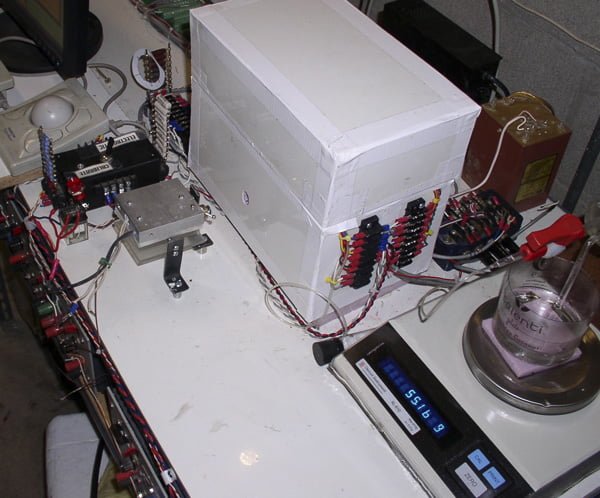Progress Report #5
Here is the latest progress report. Shown are some important behaviors that have been misinterpreted in the past, so a careful reading would be useful. This report will appear with the other Reports on www.LENRexplained.com. Because these are quickly written informal reports, some typos and other errors are to be expected. Comments and suggestions are welcome.
PROGRESS-REPORT-5 (20Mb) (corrected)
This study is an example of having available an apparatus that can detect new behaviors only because such behaviors are expected. We see only what we are permitted to see by the apparatus. Consequently, the design of the apparatus is basic to understanding LENR. In this case, the design was influenced by the behaviors predicted by my theory.

Production of excess energy is once again claimed, but this time it is correlated with radiation being generated by the energy-producing process. This correlation is new and provides powerful evidence for the excess energy being real and being caused by a nuclear reaction.
As for the importance of radiation. I have gradually come to the conclusion that claims for excess energy can not be attributed to a nuclear process unless they are correlated with the products of a nuclear process. The correlation with helium production meets this requirement. However, these measurements are difficult and expensive. Detection of radiation also meets this reqirement. In this case, the measurement is easy and cheap. The only requirement is to actually use a sensitive detector within the apparatus. Radiation with the energy being detected can not be made by a chemical reaction. This is proof of a nuclear process. As for reproducibility, I have already reproduced the effect several times and intend to use the correlation to justify my claims for producing LENR.
The role of temperature was largely misinterpreted in the past. Production of power is controlled by the ambient temperature, not by using pulses, although pulses will have an effect because they change the average ambient temperature. This realization has profound importance to any proposed explanation.
The composition of the PdD is not the most important variable in determining whether excess power will be produced. This study shows that temperature is one of the most important variables, which according to my theory affects the rate at which the D can diffuse to the NAE where the nuclear reaction takes place.
Of course, the NAE must be first created before any excess power will be produced regardless of the temperature. Temperature alone does not create the NAE nor does the composition alone create the NAE.
The ultimate challenge is to discover exactly what does cause the NAE to form. That is the goal of this study.
PROGRESS-REPORT-5 (20Mb) (corrected)
See also:

Great experiment.
I wonder what have been corrected in the report#5.
I remember that there was some mistake with count of radiation detector, per minute and not per second.
is there more correction?
best regards.
This is the only error found so far.
Ed